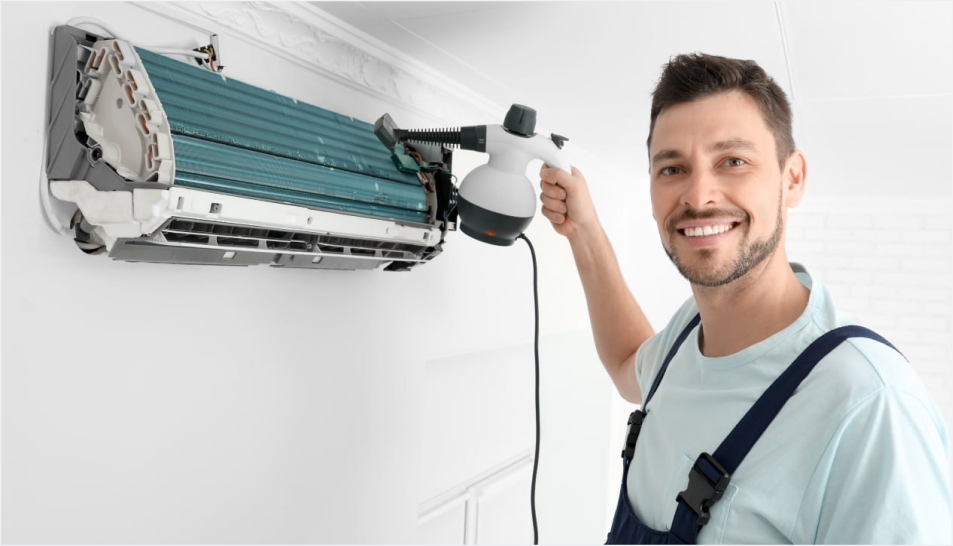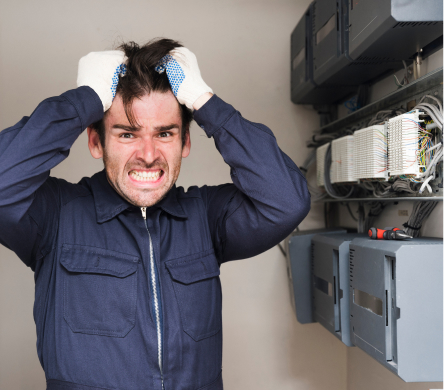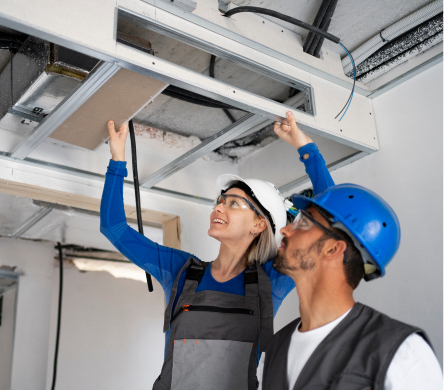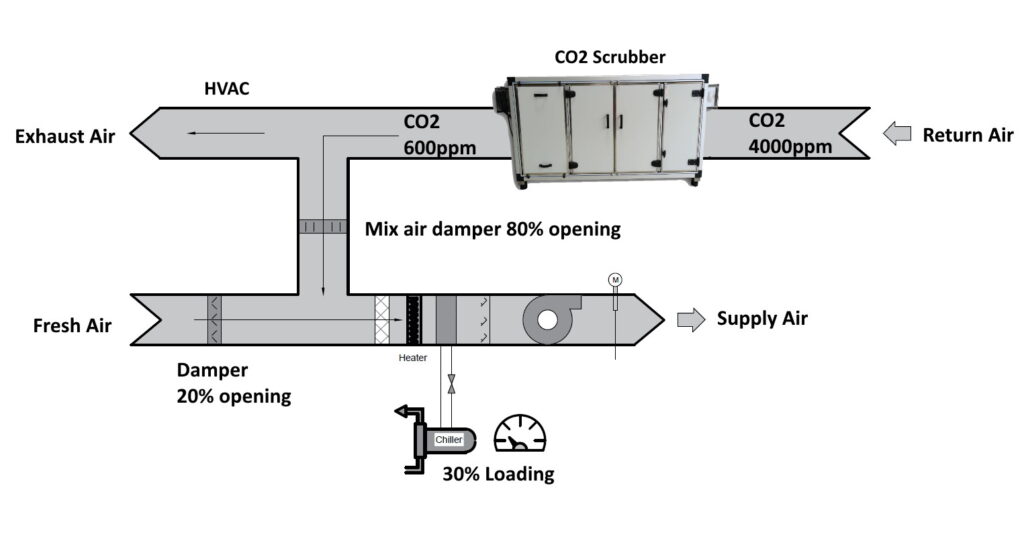CO2 Controls with solution

Cooling You Can Count On
Fast and efficient installation of new air conditioning units. Our certified technicians ensure your system is properly installed for optimal performance Site assessment, equipment delivery air an complete installation.
Regular maintenance services to keep your air conditioning system running smoothly and for as efficiently, preventing an breakdowns and extending its lifespan Filter replacement, coil cleaning, refrigerant check, thermostat calibration, and system inspection air conditioning Upgrading your existing air conditioning system.
Your Comfort, Our Mission
Upgrading your existing air conditioning system to more energy-efficient models, helping you save on energy bills and reduce your carbon footprint Lubrication of moving parts, electrical connection inspection,


Energy assessment, old unit removal, new unit installation, and energy efficiency optimization a Advanced diagnostic services using the latest technology to detect and address issues in your air conditioning system before they become major problems
Air Conditioning & Heating Services
Comprehensive system scan, fault detection, detailed report, and recommended solutions. Tha Precision calibration services to ensure your air conditioning system is operating at its optimal settings for maximum comfort and efficiency
- Precision Installations
- FrostWave Duct Cleaning
- CoolCare Maintenance
- CoolFlow Inspection
- TempGuard Emergency
- FrostGuard Inspection
We help you with the dedication & affection
Thorough cleaning services to remove dirt, dust, and debris from your air conditioning system, improving air quality and system efficiency
How often should I have my air conditioner serviced?
It is recommended to service your air conditioner at least once a year to ensure it runs efficiently and effectively. Common signs include unusual noises, weak airflow, warm air instead of cool, and a sudden increase in energy bills.
What are the signs that my air conditioner needs repair?
It is recommended to service your air conditioner at least once a year to ensure it runs efficiently and effectively. Common signs include unusual noises, weak airflow, warm air instead of cool, and a sudden increase in energy bills.
How can I improve the efficiency of my air conditionin
It is recommended to service your air conditioner at least once a year to ensure it runs efficiently and effectively. Common signs include unusual noises, weak airflow, warm air instead of cool, and a sudden increase in energy bills.
What size air conditioner do I need for my home?
It is recommended to service your air conditioner at least once a year to ensure it runs efficiently and effectively. Common signs include unusual noises, weak airflow, warm air instead of cool, and a sudden increase in energy bills.
Categories
Downloads
Ask Question
A CO₂ reducer in an HVAC (Heating, Ventilation, and Air Conditioning) system is a technology designed to control and reduce carbon dioxide (CO₂) levels in indoor spaces. High CO₂ concentrations in enclosed areas can lead to poor indoor air quality (IAQ), affecting human health, cognitive function, and overall comfort. Implementing CO₂ reduction technologies in HVAC systems ensures proper ventilation, enhances air purification, and optimizes energy efficiency.

Working Principle
A CO₂ reducer in an HVAC system typically works through one or a combination of the following methods:
1. Demand-Controlled Ventilation (DCV)
- Uses CO₂ sensors to monitor indoor air quality.
- When CO₂ levels exceed a set threshold, the system increases fresh air intake.
- Reduces energy wastage by optimizing ventilation based on occupancy levels.
2. CO₂ Absorption Using Air Purifiers
- Special filters (e.g., activated carbon, zeolites, or chemical scrubbers) absorb CO₂.
- These filters remove excess CO₂ before recirculating air back into the room.
3. Photosynthetic Air Purification
- Uses biofilters with microalgae or plants that absorb CO₂ and release oxygen.
- Helps reduce CO₂ levels naturally while improving indoor air quality.
4. CO₂ Adsorption Using Solid Sorbents
- HVAC systems integrate materials like lithium silicate or amine-based filters.
- These materials trap CO₂ molecules and release them later for disposal or recycling.
These technologies find applications in commercial buildings, hospitals, schools, industrial facilities, residential homes, and underground spaces, where maintaining optimal air quality is crucial for health, productivity, and safety. By reducing CO₂ levels, HVAC systems not only enhance occupant comfort but also improve cognitive function, prevent fatigue, and support green building certifications like LEED and WELL. The integration of CO₂ reducers makes HVAC systems more energy-efficient, environmentally sustainable, and conducive to healthier indoor environments.
CO₂ reducers in HVAC systems are essential for maintaining healthy, energy-efficient, and comfortable indoor environments. Whether through demand-controlled ventilation, CO₂-absorbing filters, biofiltration, or solid sorbents, these technologies help regulate CO₂ levels in offices, hospitals, schools, industrial facilities, and homes. With the growing focus on sustainability and indoor air quality, integrating CO₂ reducers in HVAC systems plays a vital role in creating smarter, safer, and greener buildings.
